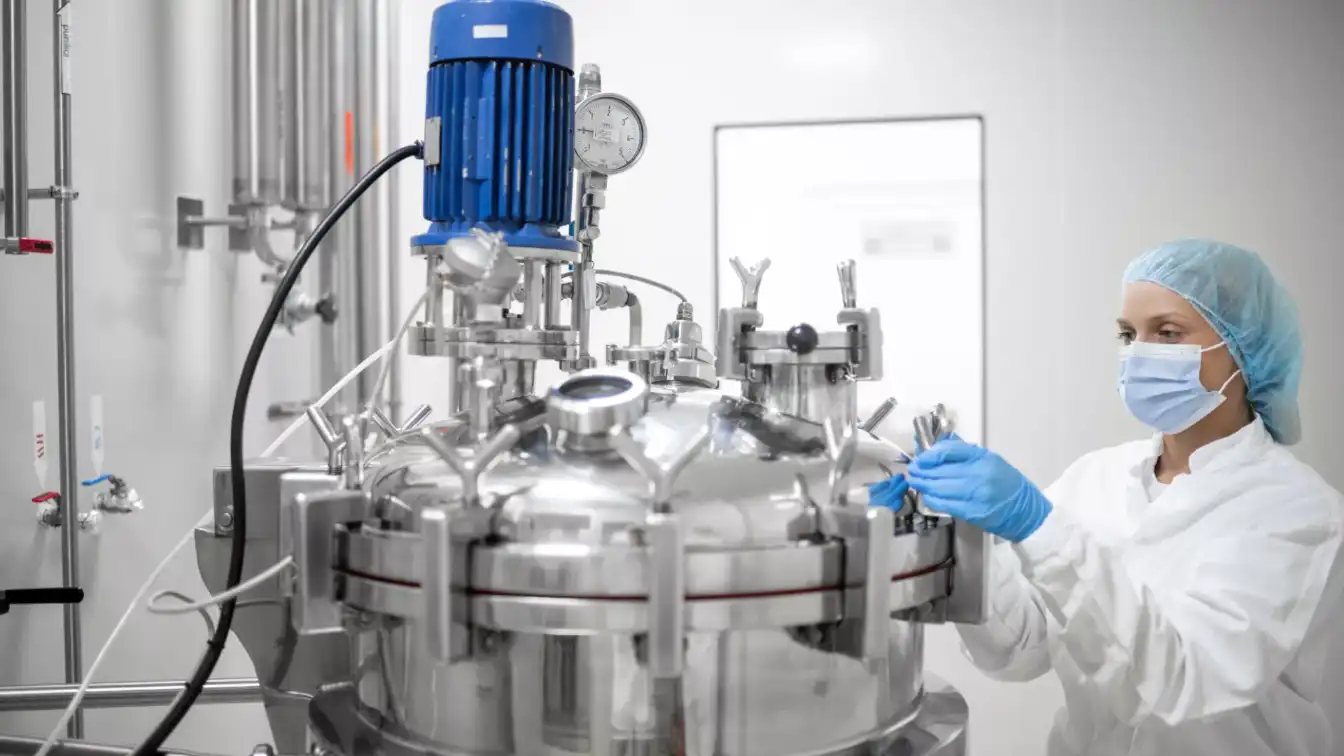
Data standardization, in the context of manufacturing, refers to the process of organizing and formatting data in a consistent and uniform manner across different systems and departments. This ensures that data is easily accessible, understandable, and actionable, empowering manufacturers to make informed decisions based on reliable information.
Data standardization holds immense significance for manufacturers. Here are some key reasons why it is crucial for success:
Implementing data standardization involves a comprehensive approach that encompasses several key steps:
Data standardization delivers a range of benefits to manufacturers, including:
In conclusion, data standardization is not merely a technical initiative; it is a strategic imperative for manufacturers seeking to thrive in the data-driven era of Industry 4.0. By embracing data standardization, manufacturers can unlock a wealth of opportunities, including improved operational efficiency, reduced costs, and enhanced product quality.

Standardization plays a pivotal role in enhancing operational efficiency across industries. In the manufacturing sector, data standardization is crucial for…

Imagine a factory floor bustling with activity, but not just machines in motion. Data flows seamlessly, painting a clear picture…

The manufacturing landscape is awash in data, a torrent of information flowing from diverse sources – legacy systems, cutting-edge technology,…
Get monthly updates to know how you can improve process performance and drive efficiency within your existing organisation.

